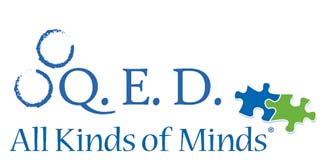Common Core State Standards has become a target of attack for something it was never intended, testing. The Common Core is a listing of standards, it is NOT a curriculum. States and local districts have a lot of leeway in designing curriculum to meet those standards, as well as tests to measure whether or not the standards have been met. This is an opportunity, for those who wish to take it, to explore what we now know about how children learn and weave it into a meaningful curriculum to help children achieve a deeper understanding of the world around them and acquire the skills needed to succeed in it. There is an opportunity to close the achievement gap and teach children how to get along with each other in an ever growing diversity in our community and our country. What a wonderful opportunity exists.
Others have taken this as an opportunity to promote other agendas, that of big business (never mind that the core itself is a “gift” from Bill Gates and his colleagues). A couple of well-known publishers have developed assembly line curriculum followed by assembly line testing that is threatening the implementation of the common core before it ever begins.
To suggest that scores were poor due to the diversity of the student population is simply unacceptable. We need to look more closely at how students learn and their individual needs. One approach is to use differentiated instruction. Many schools across the country have implemented differentiated instruction with amazing results. It didn’t happen overnight and took a lot of hard work, but the results seem worth the effort, for the students and their teachers.
I would suggest the state and the nation give schools three to five years to implement curriculum and instruction to help students meet the CCSS. During that time assessment measures can be developed to ensure the standards are being achieved.
Further work can be devoted to deciding how to assess how teachers are performing and what to do when students are not reaching desired standards. This would include changes in teacher preparation, professional development and supervision.
All these issues have been around for a long time. There is no one size fits all answer. But we must begin to find answers that work and work for all.






